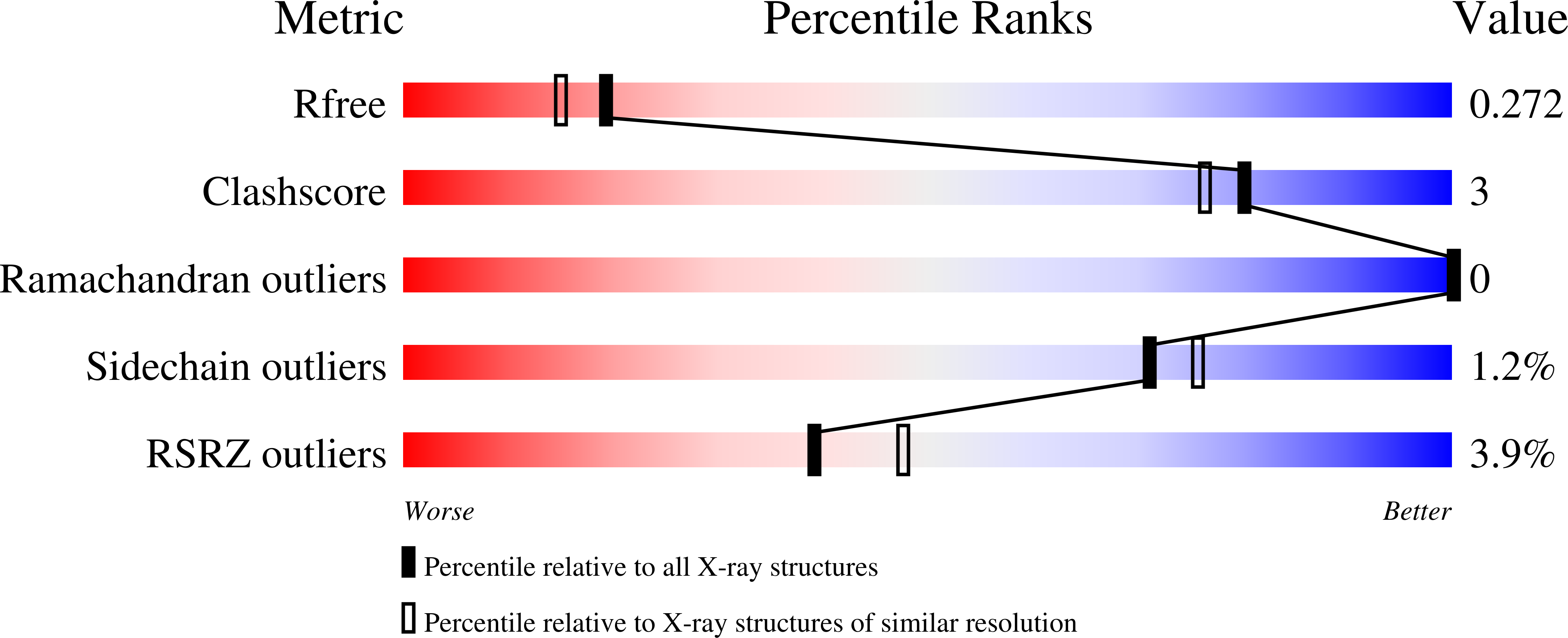
Deposition Date
2021-11-11
Release Date
2021-11-24
Last Version Date
2024-01-31
Entry Detail
PDB ID:
7Q8T
Keywords:
Title:
Crystal structure of NAMPT bound to ligand TSY535(compound 9a)
Biological Source:
Source Organism:
Mus musculus (Taxon ID: 10090)
Host Organism:
Method Details:
Experimental Method:
Resolution:
2.15 Å
R-Value Free:
0.26
R-Value Work:
0.22
R-Value Observed:
0.22
Space Group:
P 1 21 1


